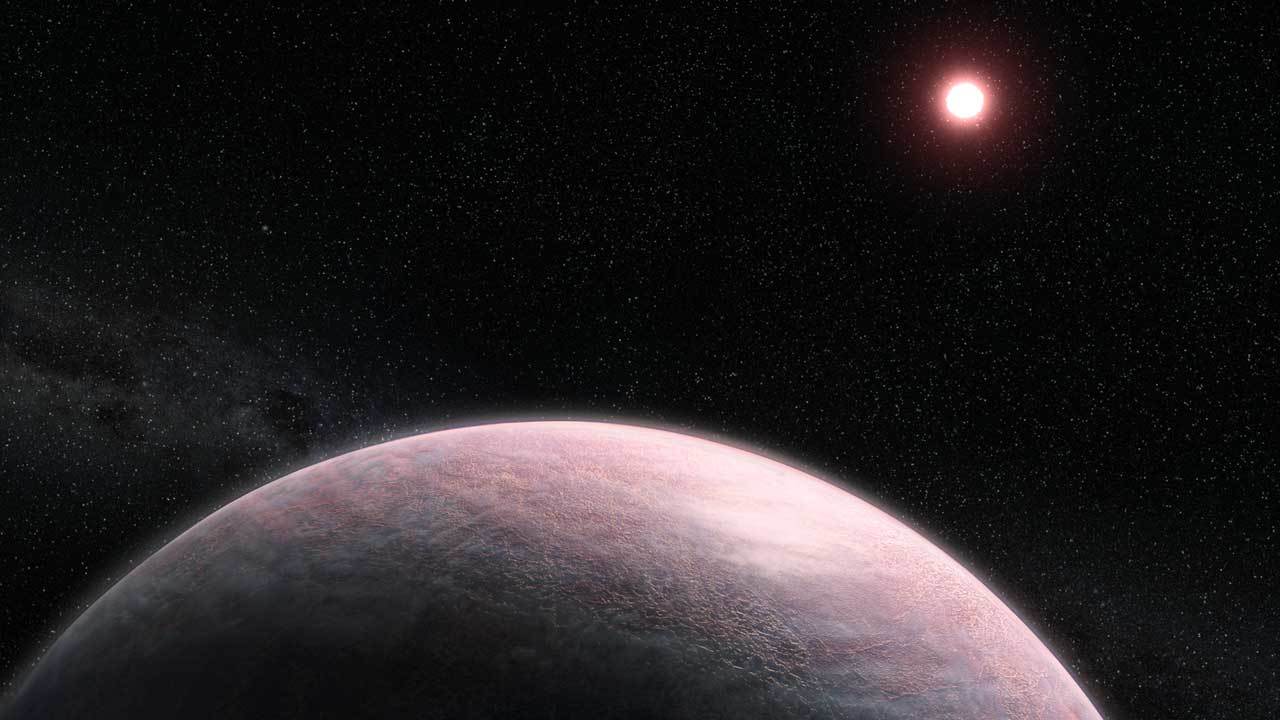Zoom Link for Colloquium 10/25/2022 3:00pm PST.
Please email astrobio@uw.edu for zoom presentation password
Presented By Megan Mansfield, University of Arizona
The launch of JWST in December 2021 opened up a new realm of transiting planets to atmospheric characterization. For the first time, we will have the necessary sensitivity to study detailed spectra of terrestrial planet atmospheres and begin to search for gases that could indicate a planet suitable for life. However, there remain several unknowns about terrestrial planets orbiting M dwarfs. A first order question in our search for habitable exoplanets is whether M dwarf planets hit with intense stellar radiation could hold onto atmospheres long enough to develop life. In this talk, I will first give a broad overview of the first exoplanet results from JWST and its expected capabilities for characterizing terrestrial planets. I will then present a method of using JWST to quickly determine which M dwarf planets host atmospheres by measuring secondary eclipse photometry with the Mid-Infrared Instrument (MIRI). Finally, I will discuss how this method will be applied in JWST programs later this year.

